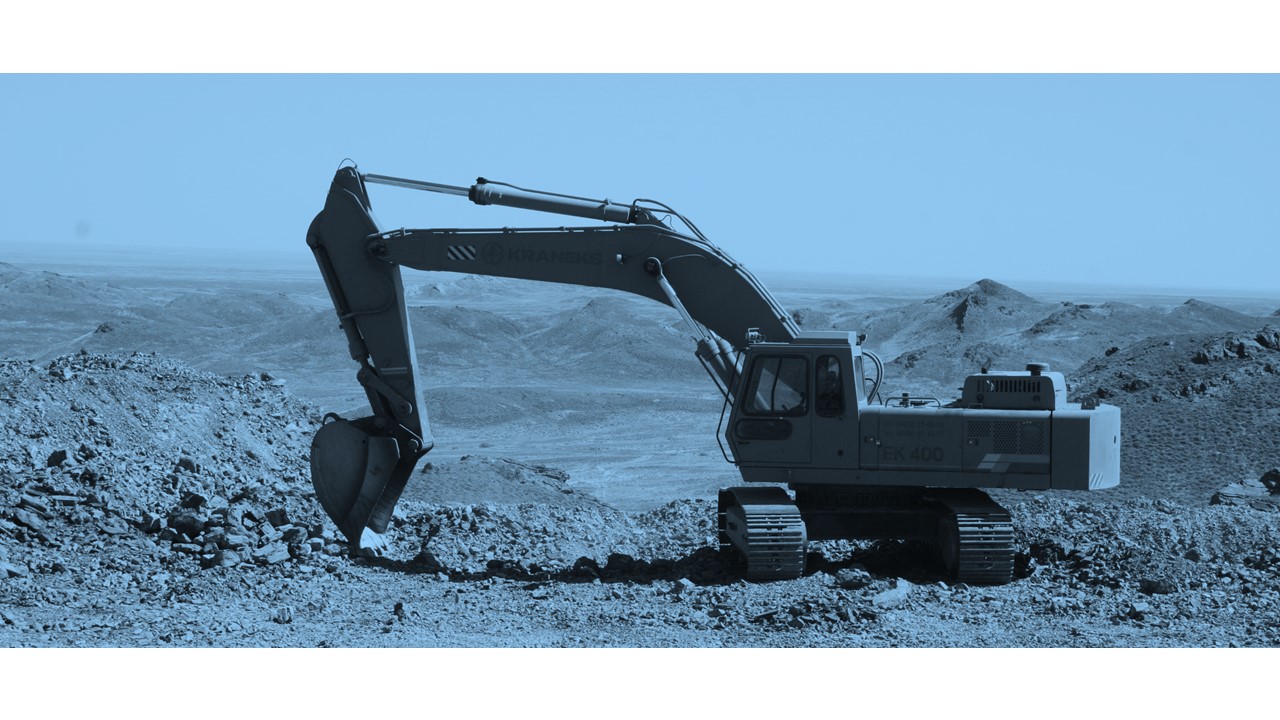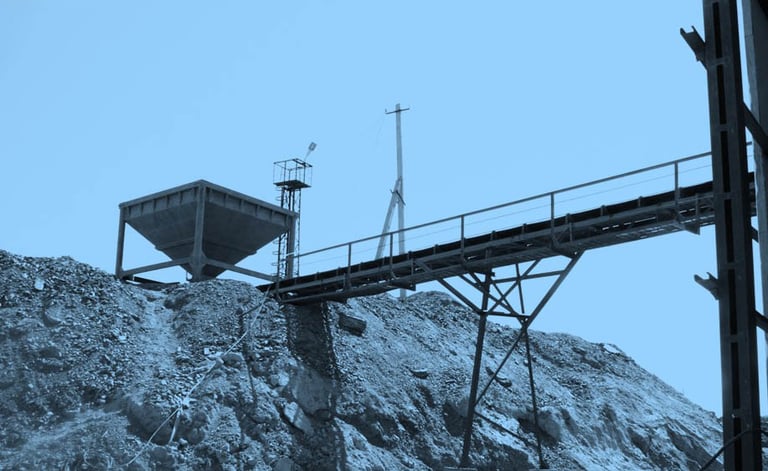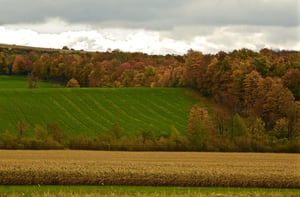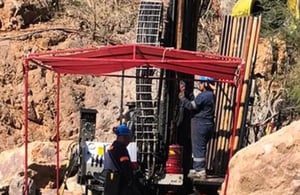Ferro-Alloy Resources Ltd (LON:FAR) Chief Executive Officer Nick Bridgen caught up with DirectorsTalk for an exclusive interview to discuss Vision Blue’s further investment & what it means for development, the main developments over the last year & the year to come and his view on the vanadium price.
Q1: Nick, Ferro-Alloy Resources have received a further $7 million investment from Vision Blue on an accelerated timescale. What does accelerated mean and why did Vision Blue do it?
A1: We announced the investment agreement with Vision Blue in March and it was envisaged in that there was an initial amount which added up to $3.1 million and then there was a subsequent amount. It was an option with Vision Blue to invest a further $7 million within three months after us obtaining certain formalities in Kazakhstan, which we thought would take three months to get. So, we envisioned it taking six months from then.
We got our formalities done very quickly and Vision Blue decided not to wait to the end of that period, but to invest straight away. We have a commonality of objectives, everyone’s happy with progress so no reason for delay.
Q2: So, what does it mean for your development?
A2: Well, it means we can get moving with all the things that we want to do faster than we would otherwise have been able to, which is fundamentally good news. Of course, the main objective is the feasibility study, the project is what we’re in business for, 95% of our NPV as we’ve said many times before, and this money will let us do a much better feasibility study. I’ll have a broader scope, it’ll cover phase I and phase II and very importantly, it’s going to let us drill.
We have enough resource to do phase I and we’ve got another four ore bodies after the first ore body that we always knew would be there to do phase II but there’s other ore bodies that haven’t been drilled to a JORC standard. We’ve already got a reserve on a Kazakhstan basis but on a JORC basis, the rules are slightly different in we haven’t had it.
So, we’re going to be able to drill those out through the infill drilling and get those five ore bodies or certainly four of them onto a JORC basis, as a declared resource with a reserve after the mine plan. Everyone knows we have a huge resource, but it will get it stamped on a piece of paper, and that will be big news so that’s the main thing we wanted to get going on.
Then we’re going to do some tweaking on the small plant, the small plants are not important in the grand scheme of things, it’s only about 5% of NPV, but it’s very important as a steppingstone and it will provide cash to help develop phase I. So, it’s really very helpful, and of course the main purpose, as I’ve said before is, is building the expertise and we’ve now got a really, quite a sophisticated operation going in the middle of the wilds of Southern Kazakhstan. We’ve got now a very professional team, very advanced processes and we want to capitalise on that and then that will provide all the expertise going forward when we develop the big project.
Q3: Now, you’ve also issued your annual report, obviously you’re still very much in development mode rather than a steady state. Can you just talk us through the main developments over the year?
A3: Like I say, development mode, we’re focusing on the project, but the small plant is feeding us, we got a very solid 56% increase in production over the year, it sounds good and it is good. We could have done an awful lot better if we hadn’t had certain headwinds against us, the main one being COVID, which restricted our raw material supplies and we had power interruptions early in the year, we’ve now built the power line that will fix all that, and of course prices were very low throughout the year.
So we had a lot of headwinds, but solid progress and on the ground, actually not coming through in the results, is some really significant improvements. Production capacity is very much higher than the production we actually achieved because of those restrictions on raw material supplies and we introduced a new line, a roasting line to treat a different type of raw material. It gives us a lot more flexibility, what we can produce.
We’ve introduced the molybdenum by-product, which is a by-product coming out of the same raw materials and therefore it’s just incremental revenue, about 25% of our revenue so that’s pretty effective.
We’ve increased the leaching and filtration capacity, and, as I said, we’ve put this power line in place. That’s a $2.5 million project that’s completed, we’re just waiting to switch it on, which will happen fairly soon.
So, really, we’ve done a lot of the hard work on this plant and it’s ready to make hay now that the price has come back, raw materials are now arriving and are on site, we’ve now got quite a stockpile and the plant’s in extremely good shape. So, last year was really the hard work and from now on, we should be reaping the benefit.
Q4: Just thinking about the future, what are the next developments you expect over the next year?
A4: I think from a news reporting point of view, the share price drivers, the big news will be the drilling program and that will happen over the next 6/9 months and we’ll be announcing that as we go along. We already know pretty much what’s there, the ore bodies are extremely regular, we know the outlines of them, there’s just not quite enough in-depth information to plot the geometry.
So, as that gets confirmed and reported on a JORC basis, will be a big driver because it will prove, we already say it, but it will absolutely improve that we will have a giant, huge world-class resource. Of course, for all the reasons I’ve told in previous interviews, it’s a very low cost resource to develop in terms of capital and operating costs so it’s not only big, but it’s got the cost advantages too.
So, that will come out and then the developments on the small plant will come out. They’re less important in the grand scheme of things but nice to talk about. We’re working on lots of things to increase the scope of what we can produce, increase the different by-products so we’ll get more value out of each tonne treated. We’re going to put it in electric arc furnace in which we can make ferro-nickel and we’re getting going on making ferro-vanadium, ferro- molybdenum.
So, there’s a lot of incremental good news on the small plant and the feasibility study results as we go along on the big project, which is of course the main game.
Q5: Now, you touched on the vanadium price. How do you see that price moving?
A5: It’s well known, two big drivers, both in a way related to the greening of the economy and reduction of fossil fuels. The traditional one, steel, add a kilogram of vanadium into a tonne of steel and you can almost double it strengths which means use half as much. Making steel is a huge user of fossil fuels, a huge single pit on world energy is making steel, so much of the world economy depends on steel that it’s very, very important.
So, vanadium has a big part to play in reducing that amount of steel, reducing fossil fuels and of course, it’s an economic no-brainer because if you can halve the amount of steel you use in a given application then you’ll save money because saving half the cost of the steel is a lot more expensive than that kilogram or two of vanadium that that’s needed to achieve it. That’s been a growth factor for many years now and the intensity of vanadium used in the world per tonne of steel used in the world has been rising and driving the vanadium industry.
On top of that, we’re now layering another factor, which could, estimates vary, but could at an outside, double the amount of vanadium the world needs and that’s vanadium redox flow batteries. They’re just getting going, but they seem to be getting going very strongly and in the vanadium industry, because it’s small, there isn’t much stock holding, a little increase in demand can greatly affect the price as we found in 2018. So, the price is going to be strong, the pressure is upwards, vanadium is in abundant supply in the world, but it’s all in the form of magnet type, which is very high cost to develop.
If you look where the world is going to get it’s vanadium from, they can get it from these high cost magnetite projects, which need a price of $10/$12/$15 per pound to support it, or it can get it from Ferro-Alloy Resources. We’re very happy with today’s prices, which $8.5/$9, in fact our forecast production cost is down not much over$1.50.
So, the world needs us to supply this vanadium without making it prohibitively expensive for flow batteries, all that demand is going to underpin in the price of vanadium. I think it’s in everybody’s interest that there should be stability in the price of vanadium so that the flow battery industry can get going without having the stop/start caused by the 2018 peak when vanadium went up to $30 a pound compared with its usual price of $6/$7/$8.
So, I’m looking forward to stability, I’m very happy with today’s price, the pressure is going to be upwards and we have a deposit that can really be expanded, there could be a phase II, phase III, phase IV and, and we will run with whatever demand there is.









































